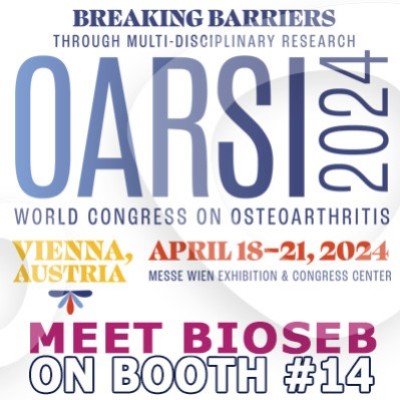Authors
V. Murthy, Y. Gao, L. Geng, N. LeBrasseur, T. White et al.
Lab
Mayo Clinic, Rochester, United States of America
Journal
Journal of Molecular Neuroscience
Abstract
Cocaine hydrolase gene transfer of mutated human butyrylcholinesterase (BChE) is evolving as a promising therapy for cocaine addiction. BChE levels after gene transfer can be 1,500-fold above those in untreated mice, making this enzyme the second most abundant plasma protein. Because mutated BChE is approximately 70 % as efficient in hydrolyzing acetylcholine as wild-type enzyme, it is important to examine the impact on cholinergic function. Here, we focused on memory and cognition (Stone T-maze), basic neuromuscular function (treadmill endurance and grip strength), and coordination (Rotarod). BALB/c mice were given adeno-associated virus vector or helper-dependent adenoviral vector encoding mouse or human BChE optimized for cocaine. Age-matched controls received saline or luciferase vector. Despite high doses (up to 1013 particles per mouse) and high transgene expression (1,000-fold above baseline), no deleterious effects of vector treatment were seen in neurobehavioral functions. The vector-treated mice performed as saline-treated and luciferase controls in maze studies and strength tests, and their Rotarod and treadmill performance decreased less with age. Thus, neither the viral vectors nor the large excess of BChE caused observable toxic effects on the motor and cognitive systems investigated. This outcome justifies further steps toward an eventual clinical trial of vector-based gene transfer for cocaine abuse.
BIOSEB Instruments Used:
Grip strength test (BIO-GS3)

 Pain - Thermal Allodynia / Hyperalgesia
Pain - Thermal Allodynia / Hyperalgesia Pain - Spontaneous Pain - Postural Deficit
Pain - Spontaneous Pain - Postural Deficit Pain - Mechanical Allodynia / Hyperalgesia
Pain - Mechanical Allodynia / Hyperalgesia Learning/Memory - Attention - Addiction
Learning/Memory - Attention - Addiction Physiology & Respiratory Research
Physiology & Respiratory Research
 Pain
Pain Metabolism
Metabolism Motor control
Motor control Neurodegeneration
Neurodegeneration Cross-disciplinary subjects
Cross-disciplinary subjects Muscular system
Muscular system General activity
General activity Mood Disorders
Mood Disorders Other disorders
Other disorders Joints
Joints Central Nervous System (CNS)
Central Nervous System (CNS) Sensory system
Sensory system Bioseb on booth #14 at OARSI 2024 in Vienna
Bioseb on booth #14 at OARSI 2024 in Vienna 